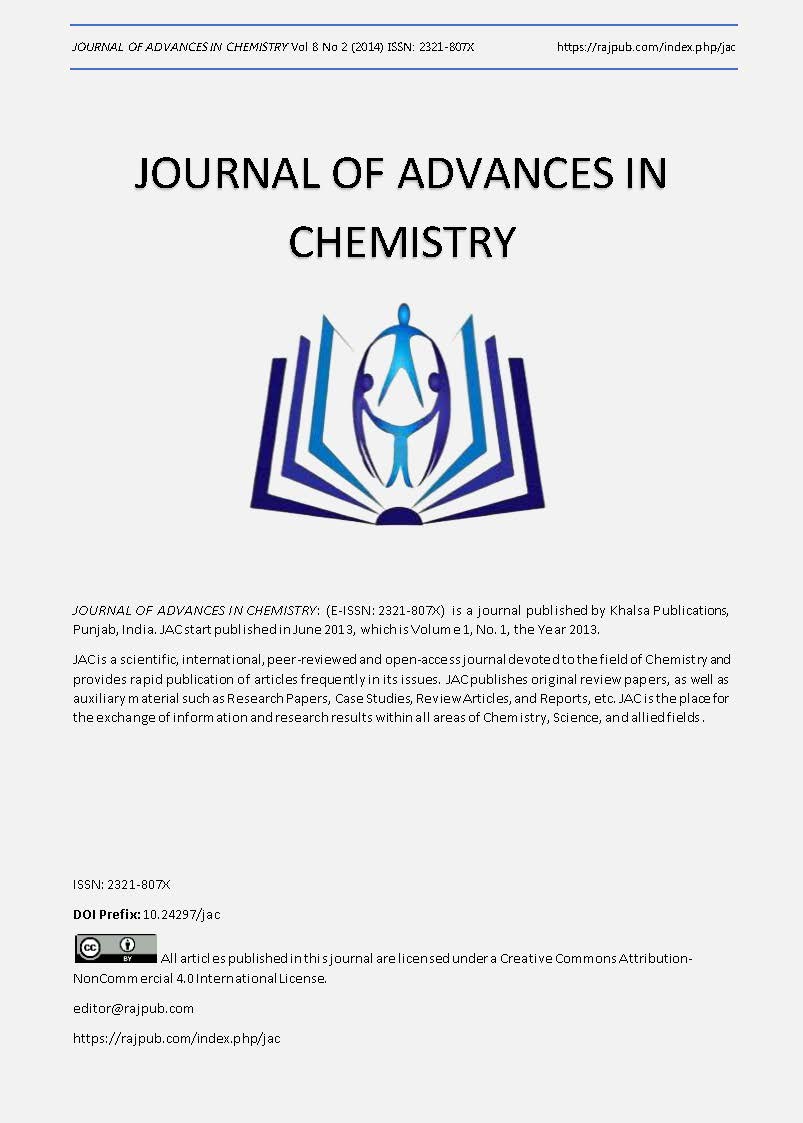Metal concentrations in river water and bed sediments of the Lower Litani River Bassin, Lebanon
DOI:
https://doi.org/10.24297/jac.v8i2.4040Keywords:
Litani River, water, sediment, zinc, contamination, seasonal variations.Abstract
The distribution of pollutants in the Litani River is almost severe. It resulted from domestic, sewage, agricultural and industrial sources. In this study, the distribution of metals (Cu, Fe, Cd, Mg, Zn, Pb , Al, Ba, Ni, Mn, Ag and Cr) were measured in river water and the bed sediments of the Lower Litani River Basin (LLRB). The impacts of metals on the water quality were monitored during the rainy, mid rainy and dry season in the year 2012. The objectives of this study were first to identify possible sources of metals (i.e. geological and/or anthropogenic) and then to characterize the chemical behavior of these metals in water and bed sediments. Water and bed load sediments were sampled at six sites along the LLRB main watercourse, The metal concentrations in the river sediments were remarkably high, but varied between different sampling sites, and the concentrations in water were mainly within the permissible limits. The metal contents in bed sediment were highest during closure of summer period. By applying the principal component analysis applied to total and extractable metal contents as a tool for studying metal pollution in the LLRB, it was useful to distinguish between anthropogenic and natural sources.Downloads
Download data is not yet available.
Downloads
Published
2012-12-20
How to Cite
Nehme, N., Haydar, C., Koubeissy, B., Fakih, M., Awad, S., Toufaily, J., Villieras, F., & Hamieh, T. (2012). Metal concentrations in river water and bed sediments of the Lower Litani River Bassin, Lebanon. JOURNAL OF ADVANCES IN CHEMISTRY, 8(2), 1590–1601. https://doi.org/10.24297/jac.v8i2.4040
Issue
Section
Articles
License
 All articles published in Journal of Advances in Linguistics are licensed under a Creative Commons Attribution 4.0 International License.
All articles published in Journal of Advances in Linguistics are licensed under a Creative Commons Attribution 4.0 International License.




